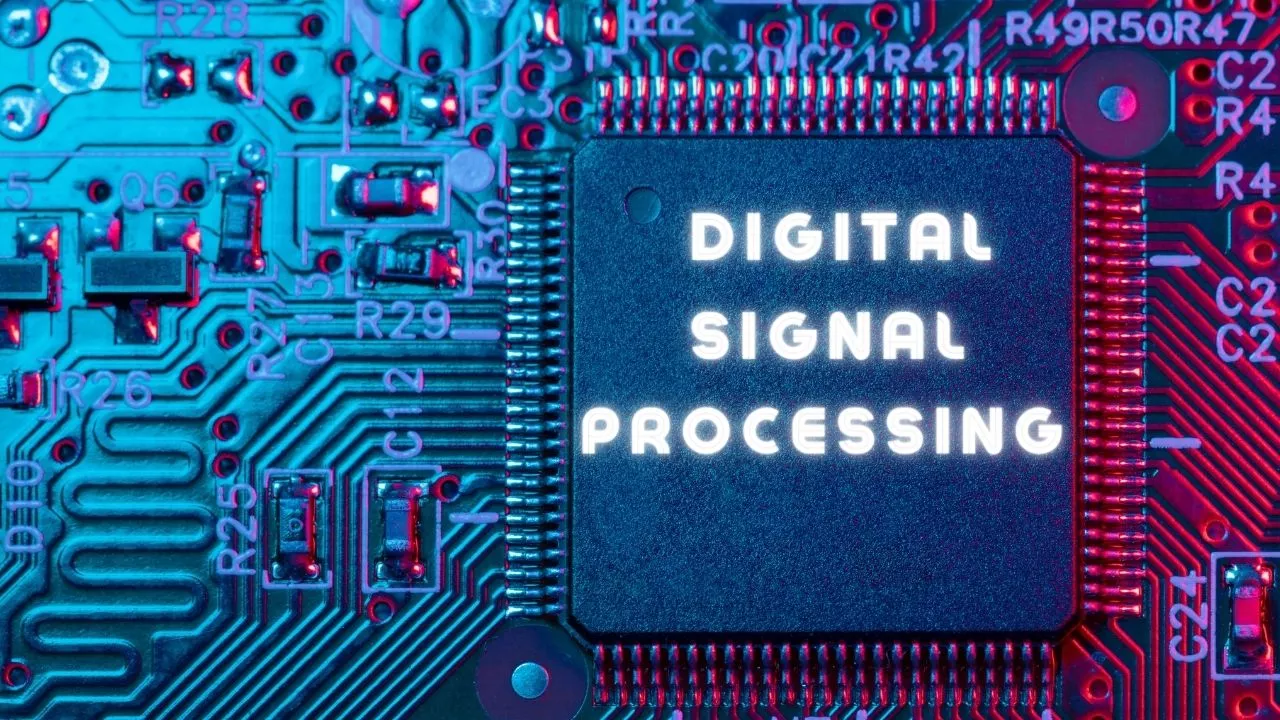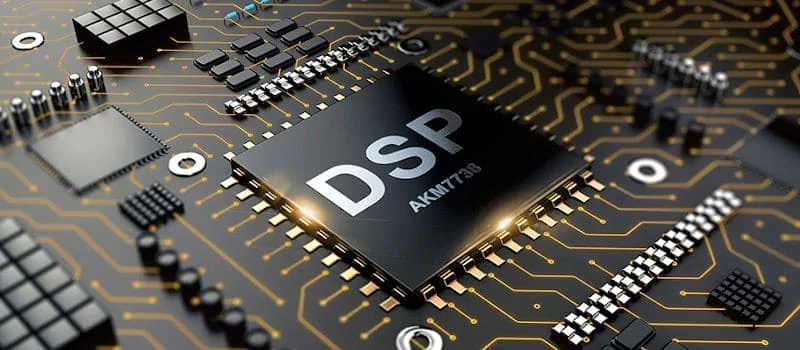Digital Signal Processors: Revolutionizing Modern Technology
Digital Signal Processors (DSPs) are specialized microprocessors designed to perform mathematical computations quickly and efficiently, particularly those involving digital signal processing. DSPs are integral to various modern technologies, ranging from audio and video processing to telecommunications and biomedical engineering. This article explores the fundamentals of DSPs, their architecture, applications, advantages, and the impact they have had on technology.

Digital Signal Processors
Fundamentals of Digital Signal Processors
Digital Signal Processors are engineered to handle complex mathematical functions at high speeds, making them crucial for real-time signal processing tasks. Here are some fundamental aspects of DSPs:
- Core Functionality: The primary function of DSPs is to process digital signals, which involves converting analog signals into digital form, performing operations on these digital signals, and converting the processed signals back to analog form if needed.
- Key Operations: DSPs perform various operations such as Fast Fourier Transform (FFT), convolution, filtering, and matrix multiplications. These operations are essential in applications like audio enhancement, image processing, and data compression.
- Real-Time Processing: DSPs are designed for real-time processing, meaning they can process signals as they are received, with minimal delay. This capability is critical in applications where timing is crucial, such as live audio and video streaming, radar systems, and medical devices.
Architecture of Digital Signal Processors
The architecture of DSPs is optimized for handling complex mathematical computations efficiently. Key architectural features include:
- Harvard Architecture: Many DSPs use the Harvard architecture, which has separate memory spaces for instructions and data. This design allows simultaneous access to both instruction and data memory, increasing processing speed.
- Specialized Instruction Set: DSPs often have a specialized instruction set tailored for signal processing tasks. These instructions include Multiply-Accumulate (MAC) operations, which are fundamental for tasks like digital filtering and FFT.
- Parallel Processing: DSPs are capable of parallel processing, meaning they can execute multiple operations simultaneously. This is achieved through features like multiple execution units and pipeline processing, which significantly enhance performance.
- Memory Architecture: DSPs typically have multiple memory banks and fast access to on-chip memory. This setup reduces the latency associated with fetching data and instructions from memory, enabling faster processing.
- Low Power Consumption: Many DSPs are designed to be energy-efficient, making them suitable for portable and battery-powered devices. Power management features help extend battery life without compromising performance.
Applications of Digital Signal Processors

Digital Signal Processors are used in a wide range of wdbos applications across various industries. Some of the prominent applications include:
- Audio Processing: DSPs are widely used in audio equipment such as smartphones, hearing aids, and musical instruments. They handle tasks like noise reduction, echo cancellation, audio compression, and equalization, enhancing sound quality and user experience.
- Video Processing: In video processing, DSPs perform functions like image compression, video scaling, and motion detection. They are integral to devices such as digital cameras, video conferencing systems, and streaming services.
- Telecommunications: DSPs play a critical role in telecommunications by enabling efficient data transmission and reception. They are used in modems, routers, and mobile phones for tasks like signal modulation, error correction, and data encoding/decoding.
- Biomedical Engineering: In the medical field, DSPs are used in diagnostic equipment such as MRI machines, ultrasound systems, and ECG monitors. They process signals from sensors to generate clear, accurate images and data for diagnosis.
- Radar and Sonar Systems: DSPs are crucial in defense and aerospace applications, where they process radar and sonar signals to detect, track, and identify objects. Their real-time processing capabilities are essential for accurate and timely information.
- Automotive Industry: In modern vehicles, DSPs are used for various functions, including in-car entertainment systems, advanced driver assistance systems (ADAS), and engine control units. They enhance safety, performance, and user experience.
Advantages of Digital Signal Processors

The use of Digital Signal Processors offers several advantages, making them indispensable in many applications:
- High Performance: DSPs are designed to execute complex mathematical operations quickly, making them suitable for real-time processing tasks that require high performance.
- Flexibility: DSPs can be programmed to perform a wide range of tasks, allowing them to be used in diverse applications. This flexibility makes it easy to update or modify their functions through software changes.
- Energy Efficiency: Many DSPs are optimized for low power consumption, making them ideal for portable and battery-operated devices. Energy-efficient DSPs help extend battery life while maintaining high performance.
- Accuracy and Precision: DSPs process digital signals with high accuracy and precision, reducing errors and improving the quality of the processed signals. This is particularly important in applications like medical imaging and telecommunications.
- Compact Design: DSPs are typically small in size, allowing them to be integrated into compact devices. Their compact design makes them suitable for use in consumer electronics, medical devices, and automotive systems.
Impact on Technology
Digital Signal Processors have had a profound impact on technology, driving advancements in various fields. Some of the key contributions of DSPs include:
- Advancements in Communication: DSPs have revolutionized telecommunications by enabling efficient data transmission and reception. They have improved the quality and reliability of communication systems, supporting the growth of mobile networks and the internet.
- Enhancement of Audio and Video Quality: DSPs have significantly enhanced the quality of audio and video content. They enable high-fidelity sound reproduction, clear image processing, and efficient compression techniques, contributing to the development of high-definition audio and video systems.
- Innovation in Healthcare: DSPs have driven innovation in medical technology, enabling the development of advanced diagnostic and therapeutic devices. They have improved the accuracy and speed of medical imaging and monitoring systems, enhancing patient care.
- Advances in Automotive Technology: DSPs have contributed to the development of modern automotive technologies, including advanced driver assistance systems, in-car entertainment, and engine control. They have improved vehicle safety, performance, and user experience.
- Development of Smart Devices: DSPs are integral to the functioning of smart devices, including smartphones, tablets, and smart home systems. They enable efficient signal processing, enhancing the performance and capabilities of these devices.
Conclusion Digital Signal Processors
Digital Signal Processors are a cornerstone of modern technology, enabling efficient and accurate signal processing across various applications. Their high performance, flexibility, and energy efficiency make them indispensable in fields ranging from audio and video processing to telecommunications and biomedical engineering. As technology continues to evolve, Digital Signal Processors will play a crucial role in driving innovation and enhancing the capabilities of modern devices and systems. Understanding the fundamentals and impact of DSPs provides insight into the technological advancements that shape our world.
Read More Article About “Honda Brio: Driving Innovation in Compact Cars 2024“













